
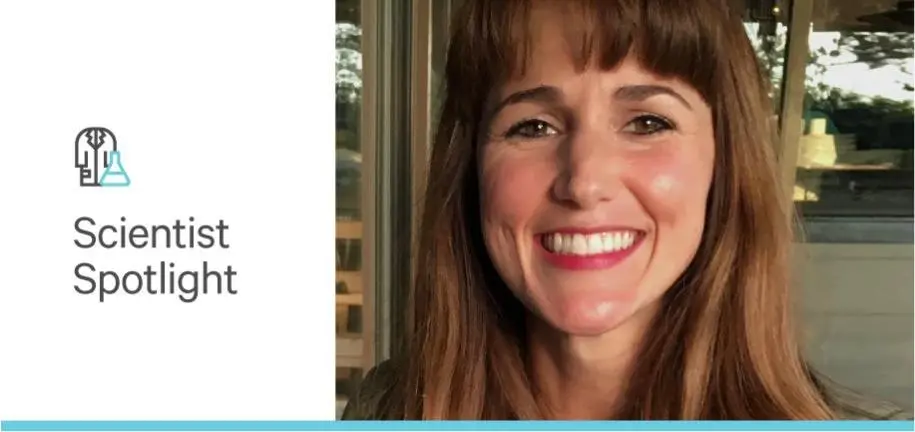
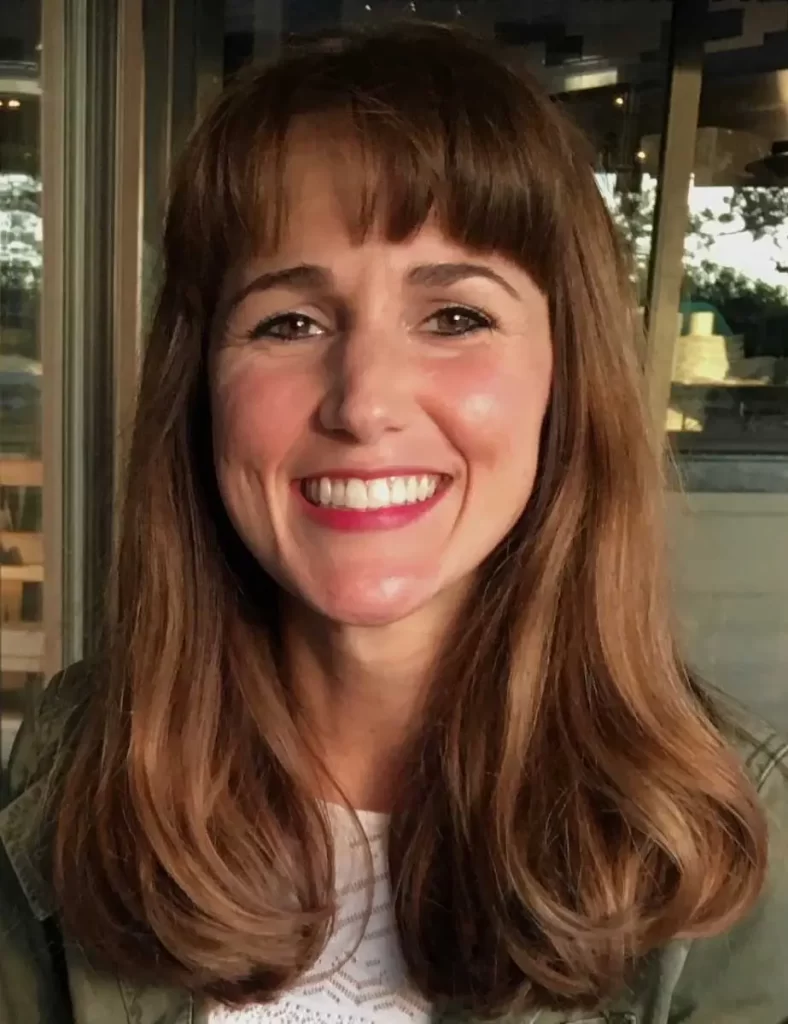
Whenever a new product is introduced, it is vital to know how it works on the bench—not just by internal R&D staff who were involved in development, but in the hands of experienced customers who test it with their samples in their own labs. Earlier this year, Brittany Cederstrom, a research scientist at the Proteogenomic Research Institute for Systems Medicine (PRISM; San Diego, California) who focuses on pre-clinical research, antibody engineering, and protein sciences, sampled VectaMount® Express Mounting Medium in her slide preparation workflow, and compared it to her standard process with a competitor mounting medium.
“Science is always about the optimal incubation period, so my biggest pain point is timing the multiple assays I need to do and determining how to get them all done. I’m working with multiple antibodies, targets, and assay formats while trying to maximize the information we can acquire from our samples. So, time is critical: if anything falls off, it will change our assay results…
It’s difficult to do anything during the multiple washing 3-minute spans. I am always setting a timer, but you really can’t accomplish much of anything else. Anything that can save that time is really valuable.”
Brittany has been in the field of immunology for over nine years—the last five years as a research scientist at PRISM, a non-profit, NIH grant–funded research institute working on antibody-derived therapeutics and imaging agents for cancer and pulmonary fibrosis. Her organization uses murine models and human cancer patient samples for preclinical development research of potential antibody therapies, so she ends up examining samples with many different tumor pathologies. The PRISM team of roughly 30 members includes departments with expertise in antibody, biology and in vivo animal, and chemistry disciplines plus administrative support. PRISM relies heavily on immunohistochemistry (IHC), immunostaining, and immunofluorescence for their research, and researchers do their own assays. As a member and lead of the antibody team, she produces and characterizes hybridoma and recombinant antibodies, which are used in assays and target assessment and validation. Like you, she packs a lot of research into each day in the lab and often takes portable work home with her.
Also like you, Brittany finds that preparing slides in an IHC workflow can be a time-consuming process, especially in a small organization where everything needs to be done by hand. She admits to wishing that the process could be faster. It doesn’t matter how well-prepared the starting tissue sample is or whether it’s frozen or paraffin embedded. She uses the tried-and-true alcohol and xylene wash steps to dehydrate and clear samples that tie her to the bench for half an hour, leaving insufficient time between incubations to do anything else demanding attention, and she notes that “the dehydration is 30 minutes of time lost” from every assay day. She and her coworkers notice the smell of xylene that wafts through the lab despite all the work being performed under a fume hood and have to plan for its cleanup and disposal as hazardous waste.
“Xylene is incredibly toxic and needs special disposal. We create a large amount of histologically related accumulated waste and go through about half a liter of xylene each week … and the thick mountant makes a mess. You don’t want to use products that make your processes lengthier than they need to be. And making additional mess is never a good thing, especially in a shared space.”
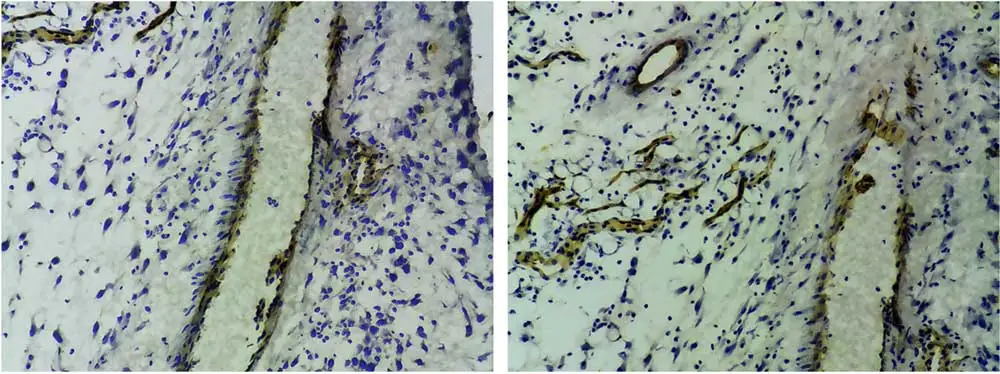
Even with her extensive experience, Brittany frets about the multiple challenges associated with using traditional viscous mounting media. For newbies (and even for those with the best techniques), bubbles can be introduced into the coverslip-tissue-slide sandwich. She shares that working with thick mounting medium is “messy,” transferring the liquid is difficult, and cleaning up afterward is cumbersome. Then, at the end of the day, she’ll still be waiting because the cure time for traditional mounting medium is typically overnight, which further delays time to results.
“While I would not be able to do my job without Vector Laboratories histology products, this was the first time I’ve used any VectaMount product. This new mountant is thinner and easier to apply. I end up using less product and it’s very easy to use. The big thing is that it’s very time efficient. I think I spend a third of the time and see a technically beautiful product that looks just as good, if not better, than when using another medium.”
In April, Brittany tested her pre-release sample of VectaMount Express Mounting Medium and shortened workflow to process samples. This novel mountant uses only two wash steps with 100% isopropanol and reduces the dehydration process to about two minutes. This is significantly different than the classic multistep process—involving half-a-dozen or so ethanol wash steps (in increasing concentrations from 70 to 100%) and two xylene wash steps—that takes about half an hour. She feels that this thinner medium is easier to transfer, and she ultimately can use less of it to process her slides. The shorter workflow, less hazardous waste, and shorter curing time (30 minutes to 1 hour) made a big difference in processing the 10 to 30 slides Brittany manually processes each day. When she re-examined those samples two months later, she described that the assay results “still looked exactly the same,” with “really nice clarity” where “the chromogenic color was maintained” and concluded that the VectaMount Express mountant “archives very well.” Could your coverslipping pain points be cured by the new mountant in town?
“Some mounting media are more fragile than others—you don’t want to touch them until after they cure overnight… What’s nice about the new VectaMount Express medium is that is sets faster than some other mountant… Once I know that a section I’ve mounted is dry enough to look at under a microscopy, I can view my slides…For this new medium, I feel comfortable about handling and viewing my slides after about an hour instead of waiting another day. That sets me up with the ability to restart a new assay, get a baseline analysis, or see it as finished and move forward.”

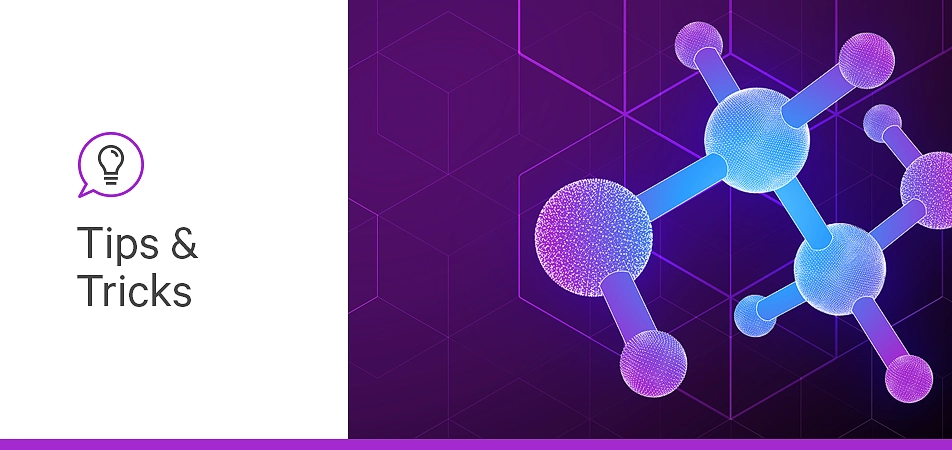
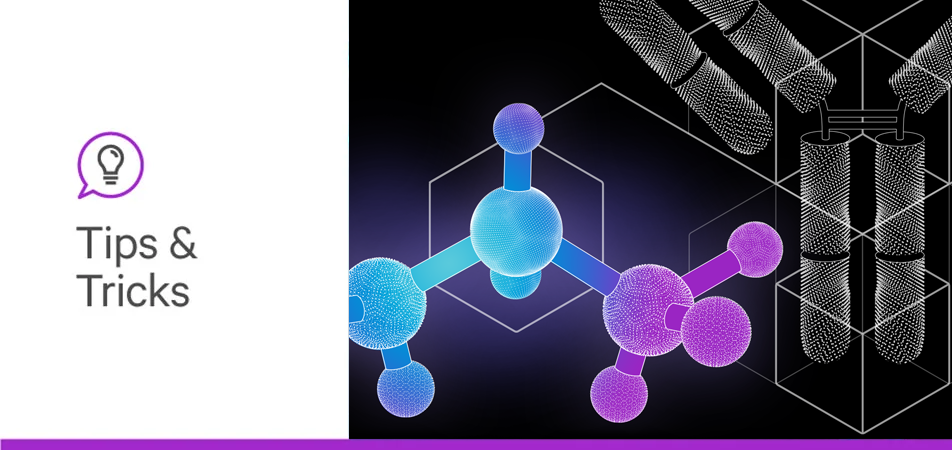


Stay in the Loop. Join Our Online Community
Products
Ordering
About Us
Application
Resources

©Vector Laboratories, Inc. 2025 All Rights Reserved.
To provide the best experiences, we use technologies like cookies to store and/or access device information. Consenting to these technologies will allow us to process data such as browsing behavior or unique IDs on this site. Not consenting or withdrawing consent, may adversely affect certain features and functions. Privacy Statement